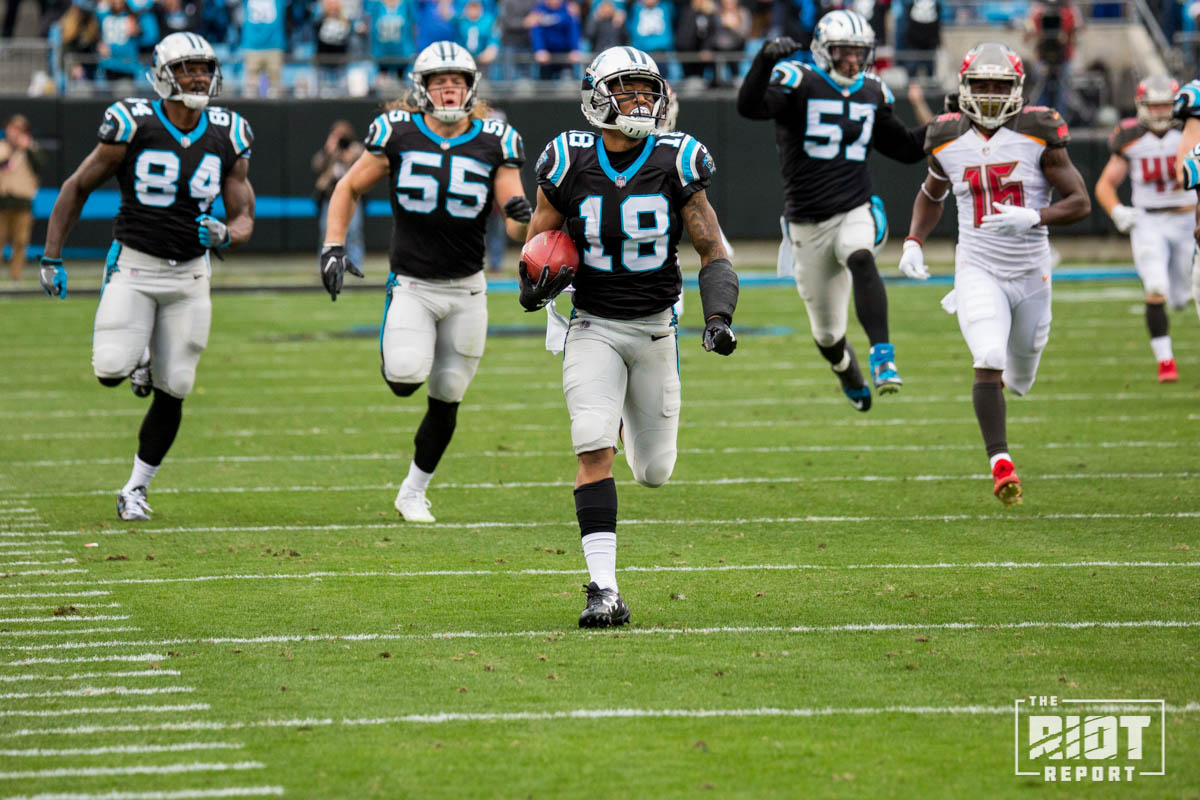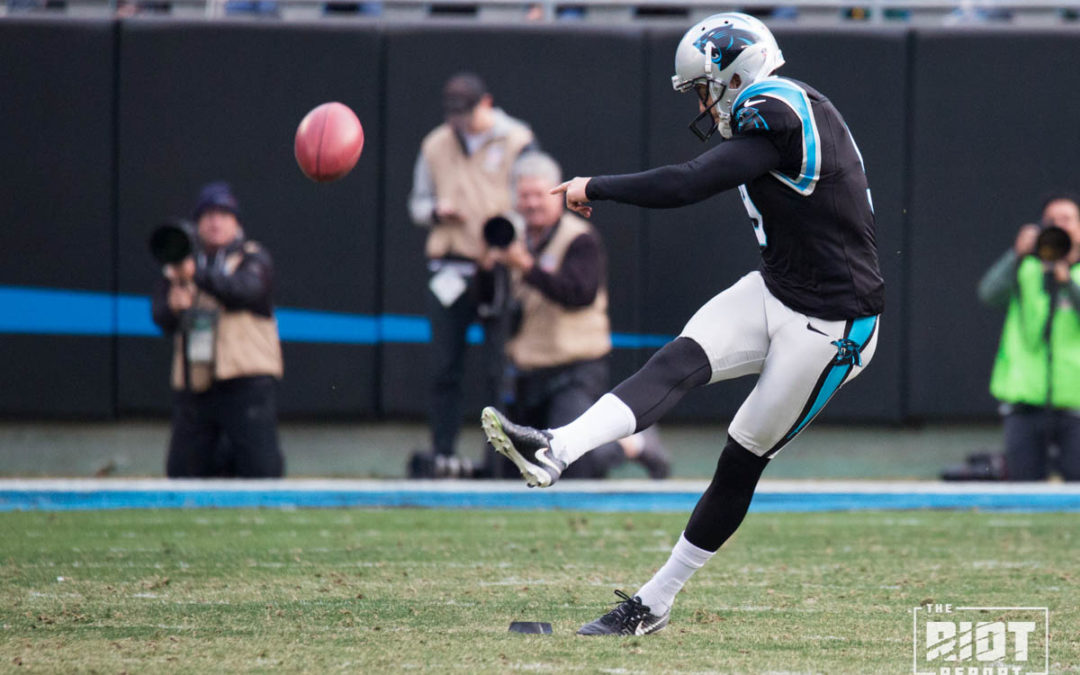One of the most iconic sights in football is the kickoff to the Super Bowl – one team rushing towards the line and thousands of flash bulbs clicking at the same time just as the foot of the kicker connects and sends the ball spinning into the air – if you close your eyes right now, I bet you can picture it.
But what you’re picturing is now a thing of the past.
The NFL has been tweaking its rules to make the game safer for years, but the changes they’ve made to kickoffs in 2018 aren’t what you would call a tweak – they’re more like a new reimagining of what a safer kickoff return might look like for a league that is trying desperately to stay ahead of the injuries that have plagued its players for years; Green Bay Packers President Mark Murphy said in March that statistics compiled by the league showed that kickoffs were five times more likely than other plays to produce concussions, calling the kickoff “by far the most dangerous play in the game.”
When the NFL moved the kickoff from the 30 to the 35-yard line in 2011, it boosted the number of touchbacks – after only 16 percent of kickoffs in 2010 ended in touchbacks, 44 percent ended up at the 20-yard line the first year after the rule change; that placement became the 25-yard line before the 2016 season as the league made it even more enticing for teams to not return a kick. In 2017, only nine teams had more than half of their kicks returned – the Panthers had the ball brought out of the end zone only 13 times the entire season, good for best in the league.
Following today’s vote at the @NFL Spring League Meetings, here’s everything you need to know about the new kickoff rules for the upcoming 2018 season. The rule will be reevaluated next offseason. pic.twitter.com/YubLyMBR4g
— NFL Football Operations (@NFLFootballOps) May 22, 2018
But that was the old rules, and the new NFL kickoff may look a little awkward at first glance to fans, with players not being allowed a running start, eight of the return team’s 11 players beginning a kickoff in a 15-yard zone near midfield, no blocking in the first 15 yards and the complete outlawing of wedge blocks. While the play will undoubtedly look different when the Panthers take the field in August, new special teams coordinator Chase Blackburn says he and the special teams unit will be ready, although he’s glad they have plenty of time to experiment with what works and what doesn’t.
“I’m glad they made the rule now so we’ve got an opportunity to work through it and get some of the kinks out before we get into training camp,” Blackburn told us after spring workouts. “There’s a lot of different moving parts – we felt like as [last] year went on we felt like we had a really good idea with the timing and the spacing of our kickoff return and obviously things have changed with the process of it – but overall, once we get the timing and spacing down with the new rules, it’ll keep the integrity of the game the same. It’ll make for a lot more excitement, it’s an exciting play.”
“There’s no wedge, there’s no one in front of the returner, so that’s usually what gave you that extra spacing and padding; he felt comfortable being behind a wall, where now they’re not directly behind someone – [there is] a little bit more space,” Blackburn explained. “It encourages the kickoff team to keep it in play, but you’ve got to think, that’s a five-yard head start they don’t get, so there’s some timing there – your coverage team isn’t going to be quite as far down the field when the ball’s caught.”

While the new rules may not increase the number of kickoffs that end in touchbacks, if all goes according to plan, the shifts in the rules may make kickoffs more exciting by enticing teams to keep the ball in play as the blocking schemes end up more like a punt return than kickoffs of years past – no wedge blocks means less defensive linemen on the field – but head coach Ron Rivera says there is a time and a place for popping the ball up purposely to force the other team to return a kick, lest you give up a touchdown the other way.
“It goes by strategy and how you feel about it,” Rivera said when asked about the new rule, although he did acknowledge there would most likely be a propensity to keep the ball in play. “You have to be careful too, now. You do that against the wrong guy and it could be a quick six, so it’ll all play into what your thinking is and who you’re playing against.”
Only seven kickoffs were taken back for a touchdown in 2017, one of which was the Panthers’ Damiere Byrd – the team has not allowed a kickoff return for a touchdown since 2015 when Washington’s Andre Roberts went 99 yards to the end zone. Whatever the kickoffs look like next season, Blackburn is excited about the unit that will be returning it for Carolina.
“I think we have the returners available – not just Byrd, but we’ve got the two young guys, DJ [Moore] and [Donte] Jackson and we’ve got Curtis Samuel, who will be back,” said Blackburn. “I mean, we’ve got guys that can return a ball and have real game-breaking speed and power.”
“It’s an exciting time to be here and be in the position that we are.”


